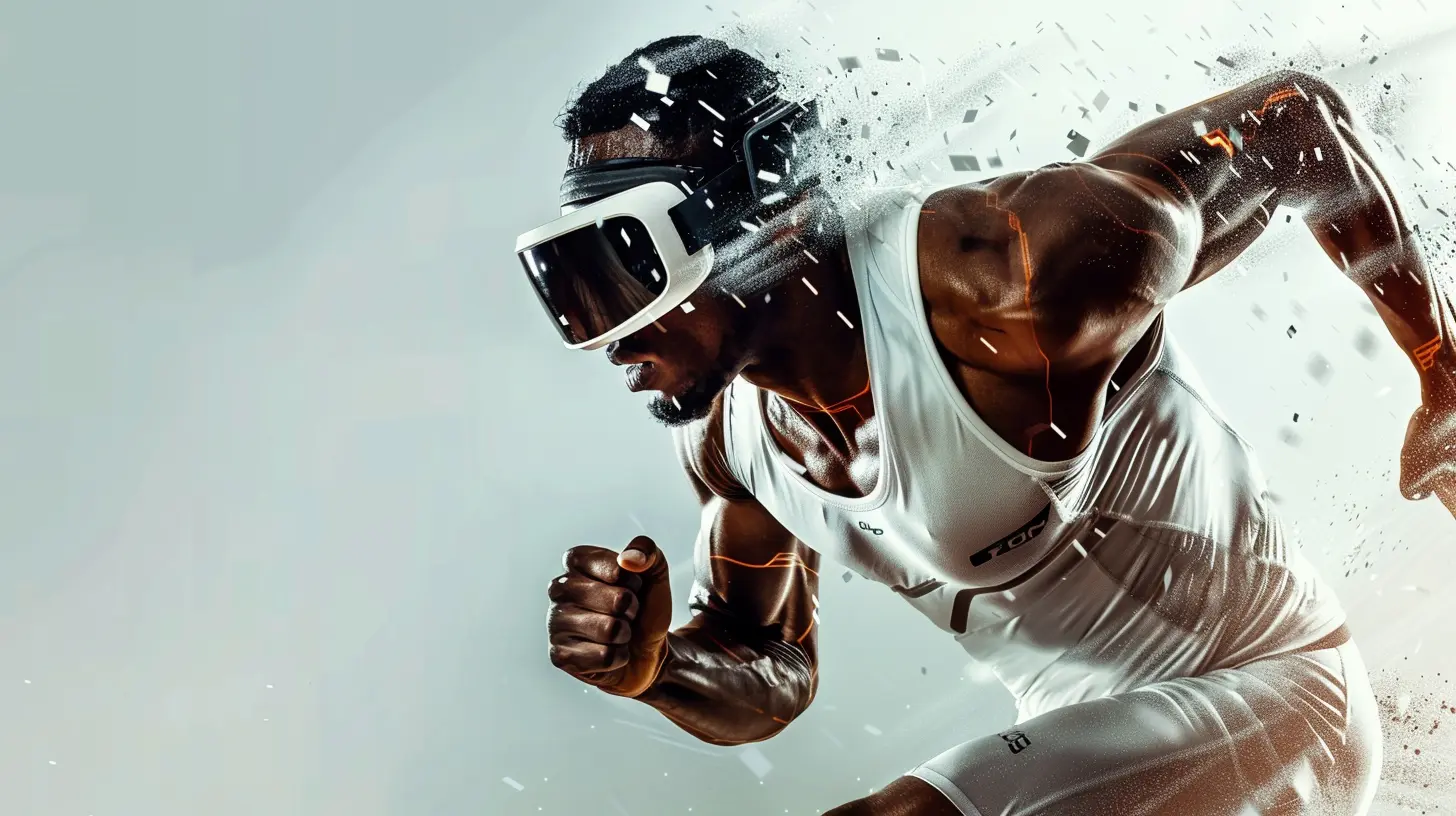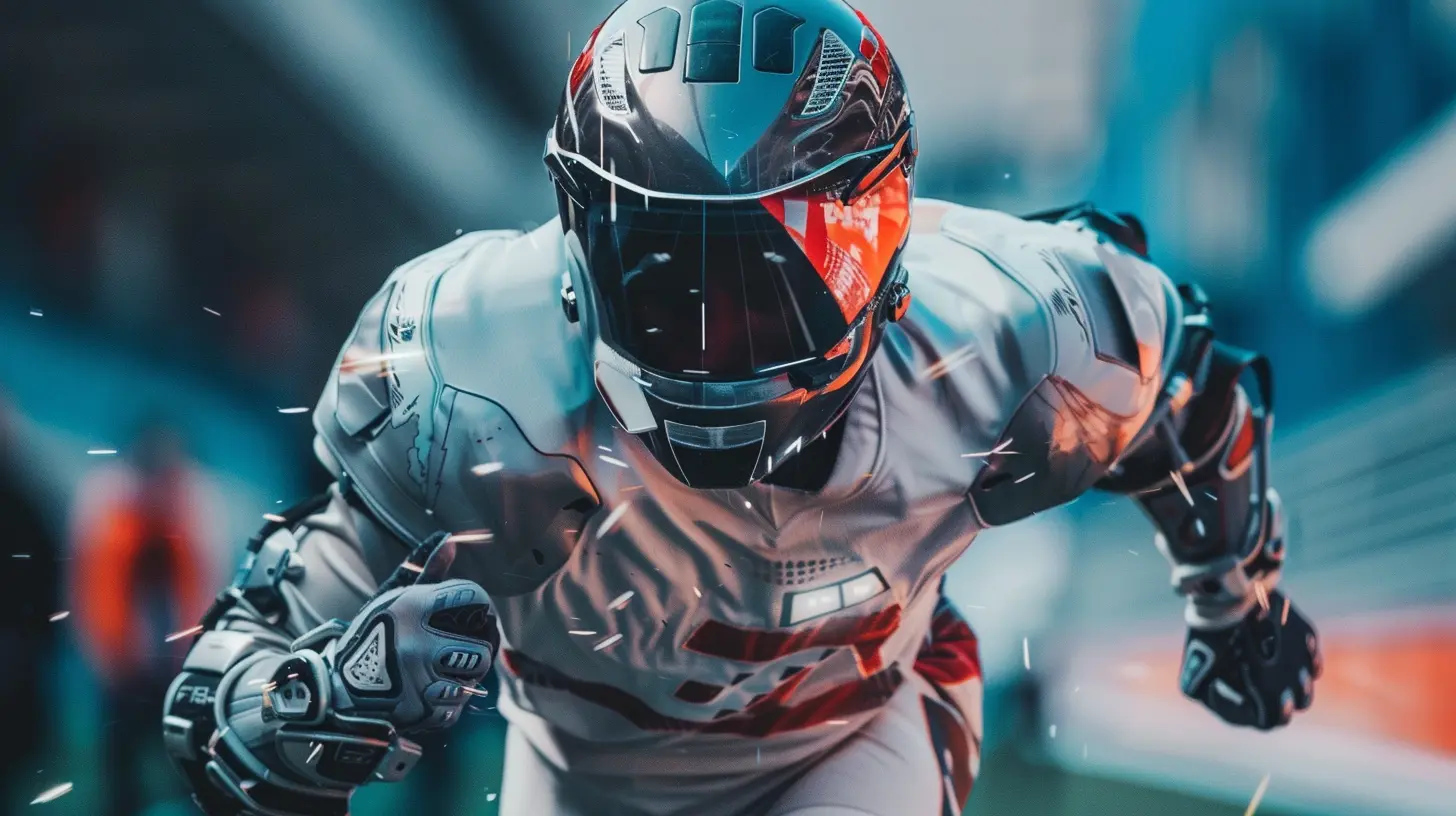The Future of Wearable Tech in Sports: Enhancing Athlete Potential
3 July 2025
Let’s face it—sports aren’t just about raw talent anymore. It’s about strategy, data, recovery, and yes, wearable tech. Whether you're a weekend warrior or an elite athlete, you're probably already aware that wearable technology is changing the game. Literally.
From smartwatches that count your steps to biometric sensors that track your heart rate variability and hydration levels, the future of sports is being worn on our sleeves—sometimes quite literally. But the big question is: how far can wearable tech actually take us? And more importantly, how much potential can it unlock in athletes?
Let’s dive into the evolving world of wearable tech in sports and see where it's headed, and how it's already reshaping the way athletes train, recover, and perform.
The Rise of Wearable Tech in Sports
You don’t have to be a tech geek to see that wearable tech has come a long way. Just ten years ago, a basic pedometer on your hip might have felt revolutionary. Fast forward to today—and athletes are wearing sensors on their arms, chests, shoes, and even embedded in their clothing.From runners using GPS-enabled watches to track pace and elevation to NFL players wearing RFID chips that measure every move they make on the field—wearables aren't just novelties anymore, they’re essential tools for success.
So, Why the Sudden Boom?
Well, two words: data and performance. In a hyper-competitive sports world, every tiny edge matters. Coaches, trainers, and athletes are all hunting for that extra 1% improvement. And wearable tech? It delivers that edge in spades.Data from these devices help athletes personalize their training, reduce injury risk, and most importantly—optimize performance. We're talking about real-time insights into heart rate zones, fatigue levels, sleep quality, hydration, and even stress.
Unlocking Human Potential: One Wearable at a Time
Imagine if your body had a dashboard like your car? That’s sort of what wearable tech is doing for athletes: turning their bodies into readable machines, where every function can be tracked, analyzed, and tweaked for peak output.Biofeedback: The New Coach
Forget subjective feelings like "I think I had a good session today." Wearables give you concrete numbers. Your resting heart rate tells you how recovered you are. Your VO2 max lets you measure endurance. And your lactate threshold? That tells you when your muscles are screaming at their limit.Real-time biofeedback means athletes can train smarter, not harder. It's like having a coach inside your body whispering, “Take it easy today” or "Push a little more, you've got this!"
Injury Prevention: The Game Changer
Nobody likes being benched. Injuries are not just painful—they're career-altering. But with wearable sensors tracking biomechanics, workload, and fatigue, trainers can spot the warning signs before catastrophe strikes.For example, in the NBA and NFL, teams use motion sensors and GPS trackers to monitor movement patterns. If an athlete's stride starts to change subtly, it could be a sign of impending injury. That early warning system? Absolutely priceless.
Smart Fabrics and E-Textiles: The Future Is Woven In
Here’s where it gets really sci-fi. Enter smart fabrics—materials that can sense, react, and adapt to their environment. These aren't your average jerseys or compression gear.We’re talking about shirts that monitor heart rate, shorts that measure muscle activation, and socks that detect gait abnormalities. The fabric literally becomes part of the athlete's nervous system. Mind blown, right?
The possibilities? Endless. Imagine marathon runners wearing suits that automatically adjust compression to fight fatigue. Or soccer players with jerseys that track hydration levels during a match.
Wearables in Action: Real-World Examples
Let’s bring it down to the field. Who’s already using this tech? Practically everyone.- Soccer: Clubs in the Premier League use GPS vests to monitor player metrics during training. Distance covered, top speed, acceleration—it’s all tracked.
- Cycling: Professional cyclists rely heavily on wearables to monitor cadence, power output, and elevation gain. Every pedal counts.
- Basketball: NBA players wear sensors that track jump height, fatigue levels, and sprint bursts.
- Tennis: Smart rackets and wearables help analyze swing mechanics, ball impact, and movement efficiency.
These aren’t gimmicks—they're tools that help athletes perform at their highest level.
The Role of AI and Big Data in Wearables
Here’s the real kicker—data without context is just noise. That’s where AI steps in.Artificial Intelligence takes the mountains of raw data from wearable devices and turns it into actionable insights. Think of it like having a super-intelligent assistant that tells you:
- When you’re most likely to get injured
- What your ideal training intensity is
- How well you're recovering during sleep
- When you're ready to perform at your best
Machine learning models can even predict game-day performance based on how you slept, trained, and recovered during the week.
And that... is game-changing.
Mental Performance: The Overlooked Metric
We talk a lot about physical stats, but what about mental readiness? The best athletes in the world will tell you—mindset is everything.Wearable tech is catching up. Devices like the Muse headband monitor brainwaves during meditation. Stress trackers analyze cortisol levels. Breathing wearables guide athletes through calming techniques.
This isn't just about feeling zen. Mental resilience can be the difference between clutch performance and falling apart under pressure. Wearables are now helping athletes master the mental game too.
Customization and Personalization: No Two Athletes Are Alike
Here’s the deal—what works for me might not work for you. And that’s where wearables shine brightest. Based on your unique physiology, wearable tech can create hyper-personalized training plans.Sleep cycles, muscle recovery times, hydration needs—all of it varies from person to person. With the data from wearables, coaches can create tailor-made strategies for each athlete. It’s like shifting from off-the-rack to bespoke performance wear.
The Challenges and Concerns of Wearable Tech
Now for the elephant in the room—not everything’s sunshine and six-packs.Data Overload
Too much data can be paralyzing. Athletes can get overwhelmed by graphs, stats, and percentages. The key is to focus on the right metrics, not all of them. More isn’t always better.Privacy and Security
With great data comes great responsibility. Athletes’ biometric information is incredibly personal. Who owns that data—the athlete, the team, or the tech company? It’s a legal and ethical grey area that sports organizations need to navigate carefully.The Risk of Over-Reliance
Wearables are tools, not crutches. There’s still a place for intuition, experience, and the “feel” of the game. Technology should complement human judgment, not replace it.What’s Next? A Look Ahead
So, where are we going from here?Expect to see even more integration between wearables and smart environments—think gyms and training facilities that adjust lighting, temperature, and music based on your mood and performance data.
Also, keep an eye on augmented reality (AR) wearables. Imagine seeing real-time stats projected into your line of sight as you train or compete. Wild, right?
And with developments in nanotechnology, future wearables could be as subtle as skin patches or even embedded under the skin.
Final Thoughts: A New Era of Human Performance
We’re entering an era where humans and machines are teaming up—not in some robotic dystopia, but in a beautiful partnership to unlock our full athletic potential. Wearable tech in sports is not just about stats, graphs, or sleek-looking gadgets. It's about pushing the boundaries of what the human body can achieve.If used smartly, ethically, and with balance, wearable tech can be the bridge between good and great—between potential and excellence.
So the next time you put on a fitness tracker or slip into your smart compression tights, remember: it’s not just gear. It’s the future of sports, and it’s happening now.
all images in this post were generated using AI tools
Category:
Sports InnovationsAuthor:

Umberto Flores
Discussion
rate this article
1 comments
Juno Cook
Wearable tech is revolutionizing sports, unlocking unprecedented insights and elevating athletic performance to new heights. The future is bright!
July 22, 2025 at 4:35 AM

Umberto Flores
Thank you! It's exciting to see how wearable tech is transforming sports and pushing the boundaries of human performance. The future indeed looks promising!


